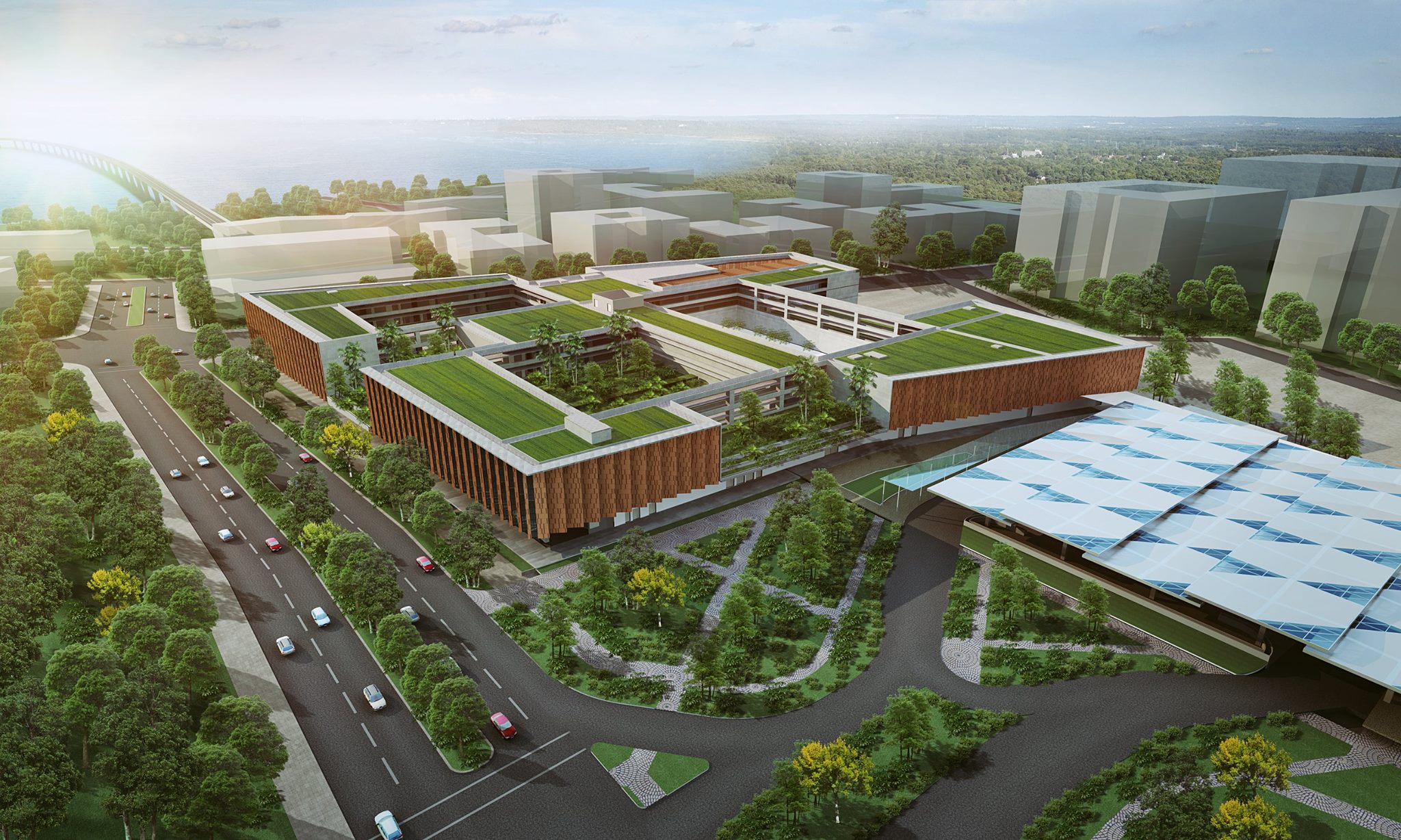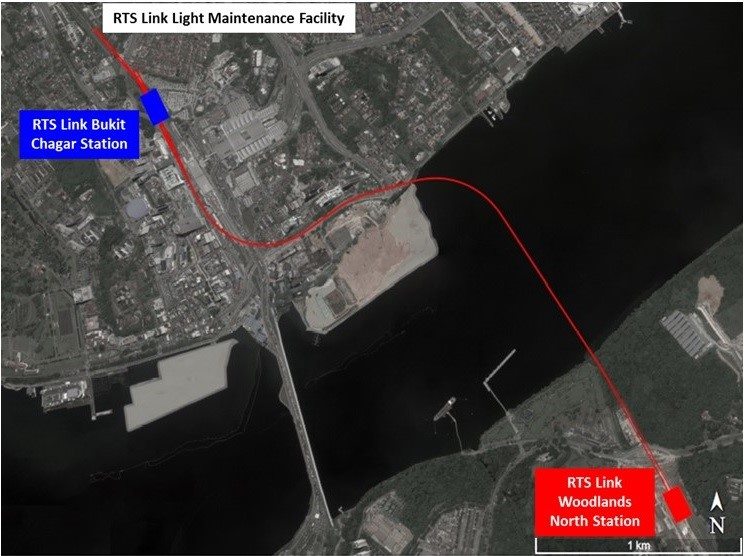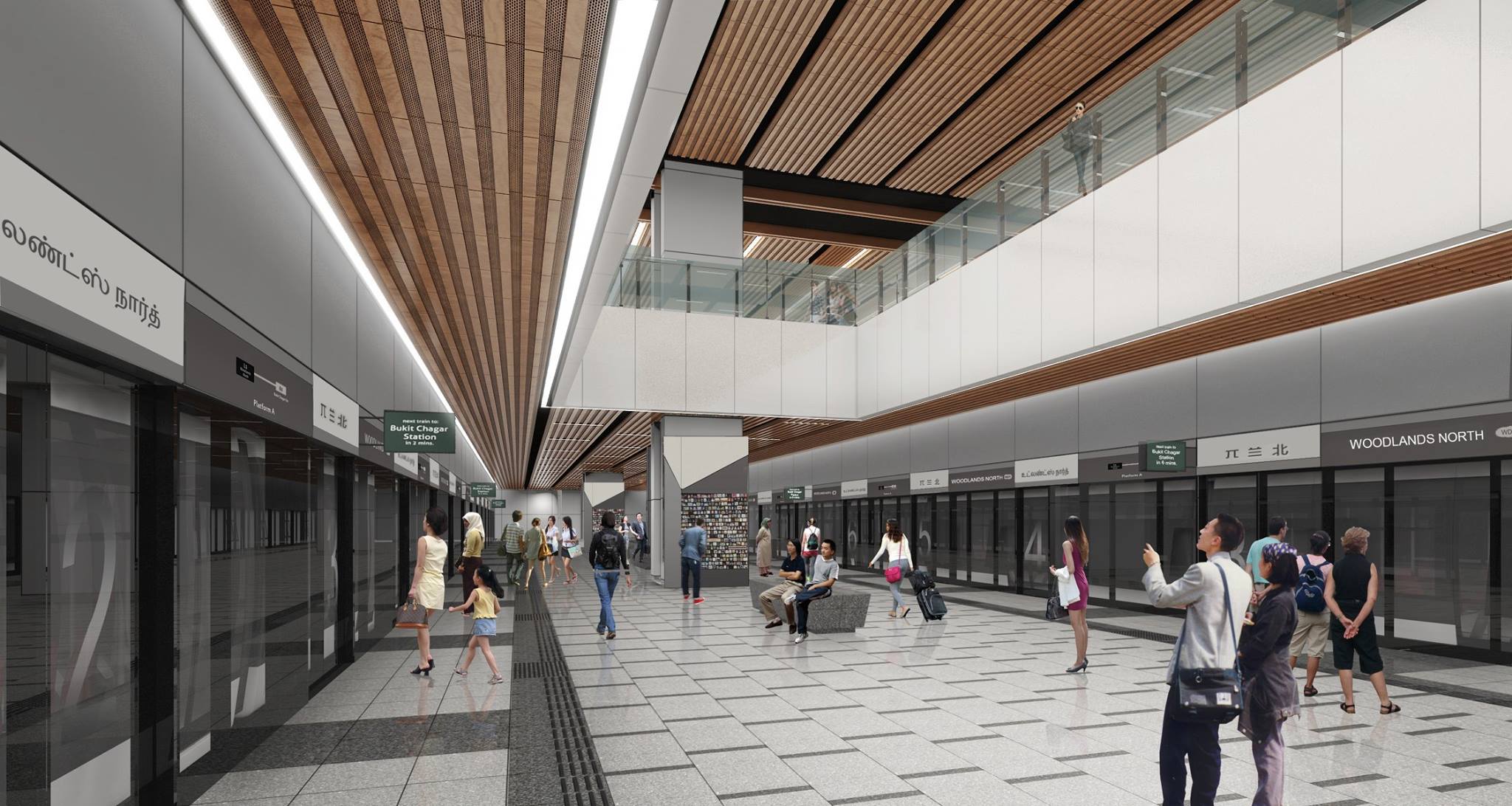A new chapter is being written in the bilateral relations between Singapore and Malaysia, as both countries signed an agreement today on their upcoming cross-border Mass Rapid Transit (MRT) system – the Johor Baru-Singapore Rapid Transit System (RTS) Link.
Khaw Boon, Singapore Transport Minister and Coordinating Minister for Infrastructure and Transport and Abdul Rahman Dahlan, Malaysian Minister in the Prime Minister’s Department, signed the agreement at the Istana. The signing was witnessed by Lee Hsien Loong, Prime Minister of Singapore and Najib Razak, Prime Minister of Malaysia during the eighth Singapore-Malaysia Leaders’ Retreat.
The new RTS Link will connect the Lion City with Malaysia and will be able to carry 10,000 passengers in each direction every hour. The project is expected to start its services by the end of December 2024. The RTS terminus in Singapore will be located at Woodlands North station, along the Thomson-East Coast MRT line, while Malaysia has chosen Bukit Chagar as its main terminal for the RTS.
This is the second bilateral agreement between both countries in two years, following a deal in 2016 to build a 350km high-speed rail line between Kuala Lumpur and Singapore.
“The RTS Link will have the capacity to carry up to 10,000 passengers per hour per direction, which translates to additional capacity of 60,000 users crossing the Causeway during peak hours. To facilitate passenger flow, it will have co-located Custom, Immigration and Quarantine (CIQ) facilities in both Bukit Chagar and Woodlands North. Passengers travelling in either direction will clear both Malaysia and Singapore authorities at the point of departure, and need not go through immigration clearance again at the point of arrival,” said Malaysia’s Land Public Transport Commission (SPAD) and Singapore’s Land Transport Authority in a joint press release.
It added, “The RTS Link’s capacity of 10,000 passengers per hour per direction (pphpd) is much higher than the average 300 (pphpd) that the Keretapi Tanah Melayu Berhad’s (KTMB) Tebrau Shuttle is ferrying today. The KTMB Tebrau Shuttle services to Singapore will cease six months after the RTS Link passenger service begins, targeted by December 2024.”
The RTS Link will cross the Straits of Johor via a 25m-high bridge, linking the Bukit Chagar Station in Johor Bahru to the RTS Link Woodlands North Station in Singapore. For economies of scale, the RTS Link will utilise the same four core systems (trains, signalling system, communications system, and Integrated Supervisory Control System) as Singapore’s upcoming Thomson-East Coast Line (TEL).
When completed, the RTS Link will improve connectivity, deepen people-to-people ties, and stimulate economic growth in Singapore and Johor, said experts.






